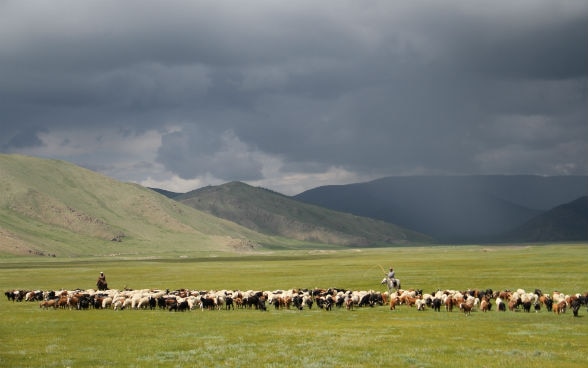
“Mongolian herders not only use rangeland resources to sustain their livelihoods; they also have a bigger role of environmental stewardship, to care for and maintain their homeland,” said Green Gold Project Manager Ts. Enkh-Amgalan.
“We are encouraged that our project was selected among the best practices for managing natural resources at this universal expo.”
The expo - the Universal Exhibition that Milan, Italy, is hosting from May 1 to October 31, 2015 – is dedicated to promoting food security and saving resources.
Last year, the expo called for successful projects, services, products and scientific solutions for submission in the BPSD competition.
Among 749 evaluated projects from more 130 participating countries, 18 were selected as the winners to be featured at the expo. SDC’s Green Gold Project was among the winners and was featured in a documentary at the expo.
The aim of the competition was to share the best ways of identifying tangible solutions for food security and the saving of resources that meet the needs of developing countries.
More than 20 million people from throughout the world will visit the expo in six months.
To read more about the Green Gold Project featured at the Expo:
To find more about the Milano Expo 2015 and other winning projects:
http://www.expo2015.org/en/project/feeding-knowledge
For more information, please contact us at:

